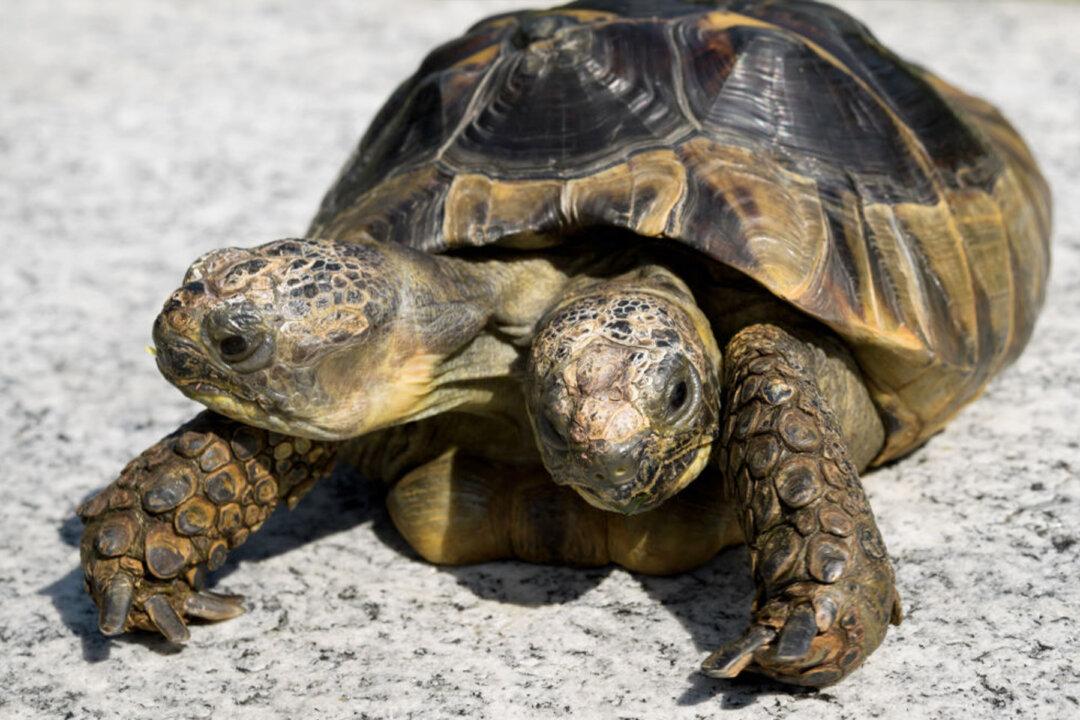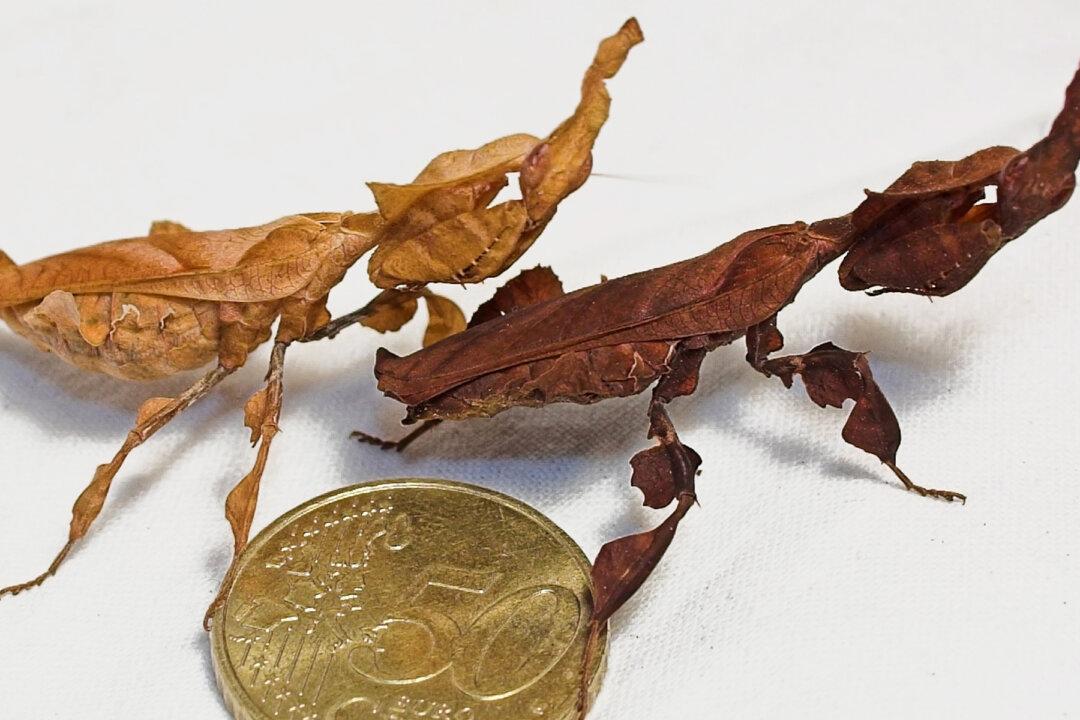The two-headed Roman god Janus has found his namesake in a two-headed Greek tortoise at the Museum of Natural History in Geneva, Switzerland.
Janus the reptilian hatched on Sept. 3, 1997, and her chances of survival in the wild would be slim to none, as her two heads make her more vulnerable and less mobile than single-headed tortoises. But in the museum, with constant care and cuddles, this remarkable tortoise has lived to an incredible 22 years, a record for two-headed creatures.





